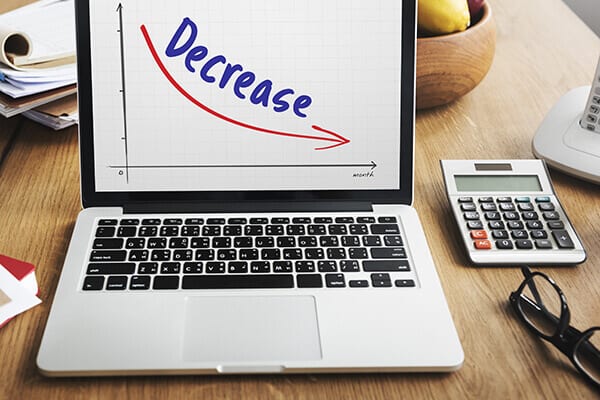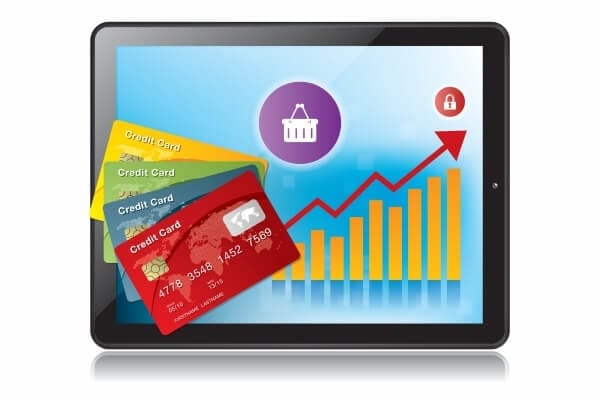It’s true that many of us have a love/hate relationship when it comes to our credit card. It’s great being able to swipe and pay with ease and offers so much convenience. At the same time, it is easier to spend above our means and get hit with a nasty bill at the end of the month that we may not have budgeted for. While credit cards can be really useful, they can also carry a heavy burden of debt with them. This is why credit card reforms are brought in; to help to protect you from sinking into unmanageable debt.
It is so easy to find yourself in a place of debt, with monthly fees added on top of your spending. The fact is, many people take out credit cards without being aware of how they work. For example, when are the fees applied and how can you manage things when you find yourself in a place of debt? For this reason, it is easy for people to spiral further and further.
Discover what changes the credit card reforms of 2020 have brought to the table and what they mean for you as a consumer.
Background for Credit Card Reforms 2020
The latest credit card reforms came into effect in January 2019.
In July 2018, ASIC released Report 580 Credit card lending in Australia. This found that more than one in six consumers is struggling with credit card debt.
ASIC’s review of credit card lending found:
- In June 2017 there were almost 550,000 people in arrears. In addition, 930,000 people had persistent debt and an additional 435,000 people were repeatedly repaying small amounts.
- Consumers carrying balances over time on high-interest rate cards could have saved more than $621 million in interest in 2016–17 if they had carried their balance on a card with a lower interest rate.
- 63% of consumers did not cancel a card after a balance transfer. A substantial minority of consumers increased their total debt after transferring a balance.
The report made it clear that ASIC expects credit providers to:
- Take proactive steps to address problematic credit card debt and products that do not suit consumers.
- Minimise the extra credit provided to consumers who regularly exceed their credit limit.
- Allocate repayments for all credit cards in the more favourable way required for cards entered into after July 2012.
These are general expectations of lenders, however, they are not legal requirements.
In September 2018, ASIC (the Australian Securities and Investments Commission) set a three-year period to be used by banks and credit providers when assessing a new credit card contract or credit limit increase for consumers. This means that credit providers must not provide a credit card with a credit limit that the consumer can’t repay within three years.
The aim of the 2020 credit card reform is to:
- Prevent consumers from entering into an unsuitable credit card contract.
- Ensure consumers have access to suitable credit card contracts.
- Make it easier for consumers to cancel credit cards.
- Ban unsolicited credit limit increase invitations (which can lead to people borrowing above their means).
Credit Card 2020 Facts
Here are some credit card facts, sourced from finder.com.
- There are 14,088,998 credit cards in Australia as of May 2020.
- Netting a national debt accruing interest of $23 billion.
- Average credit card purchase: $105.38
- Average percent of credit limit reached: 29%
- National Australian spend on credit card purchases each month: $25,023,743,718.
- 70% of Australian adults own a credit card.
- Age groups with a credit card:
- 65.07% are 18-35
- 82.18% are 35-54
- 79.84% are 55+.
How Do Credit Reforms Work?

The three-year period was chosen by ASIC after consulting with several banks and industry bodies. The idea is to ensure that the provider of the credit card is comfortable that you can pay off your credit limit in three years, before approving your application.
Rather than stopping people from being able to take out credit, these credit card reforms 2020 are in place to stop consumers from getting into debt.
Here are some commonly asked questions when it comes to the credit card reforms 2020:
Can I still take out a credit card?
Yes! You will still have the flexibility to make a low credit card repayment each month. The three-year period was designed to help consumers needing larger loans to have longer repayment options available.
How do banks and lenders assess whether I can pay back my card?
Each institution will have its own processes in place for determining this. This may involve looking at your credit history, including your credit score, along with the current financial situation.
While these credit card reforms 2020 may result in some people not being able to take out a credit card, it is likely only to affect a very small number of people. Consumers are still welcome to shop around for the best deal when taking out a credit card. Hopefully now with the aim of being able to pay them back without getting further and further into debt in the process.
Want to know more about taking out a credit card and how to make the process as easy as possible? The team at Australian Lending Centre can help you out. Simply give us a call or fill out an enquiry form today and get yourself set up on the path to financial stability (and not debt). We can also help you to find out how you will be assessed when it comes to taking out a credit card.



























